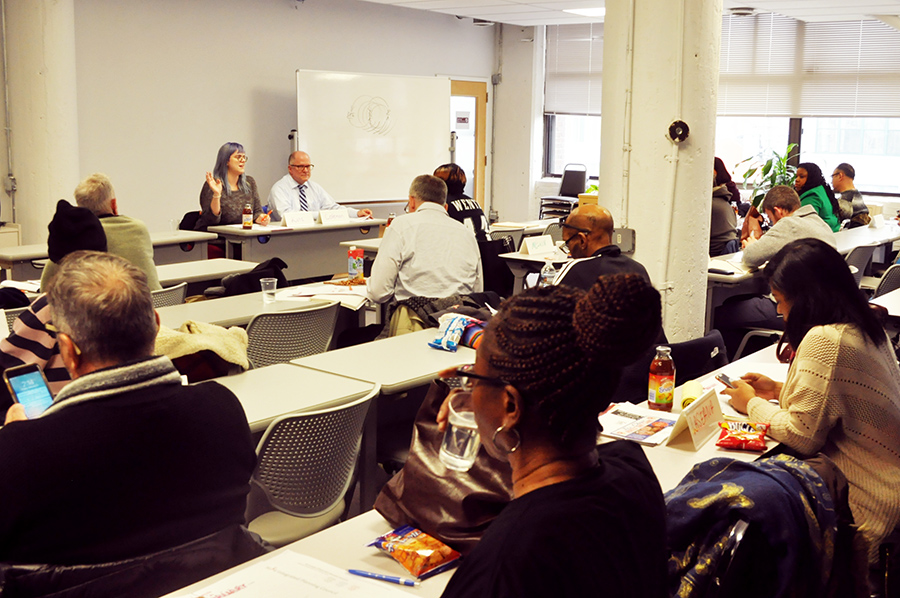The HIV Integrated Planning Council held its general meeting last week to discuss budgeting and present the annual epidemiology report.
The Office of HIV Planning provides administrative and planning support to the HIPC and supports the decision-making body that plans for HIV care and prevention services in the Philadelphia area. The Office of HIV Planning also assists with the Positive Committee, a group that supports and enhances participation of individuals living with HIV/AIDS in the community. The group plans and works through educational activities and outreach.
The meeting, which was held last Friday, featured Dr. Kathleen Brady, a Philadelphia Public Health Department medical director and epidemiologist.
Brady gave a presentation on the most updated HIV/AIDS data to members of the HIPC, including a look at trends and disparities among several populations: the transgender population, transgender individuals having sex with other males, males having sex with other males (MSM), youth, individuals who inject drugs and women of color.
Brady said there has been a change in individuals who inject drugs based on data from 2010-16.
In Philadelphia, 19,113 people were reported to be living with HIV in 2016, plus 4,230 people in the suburbs. Additionally, 3,346 people with HIV were reported to live in South Jersey counties in 2016. The reported total is 26,689 people living with HIV in the Greater Philadelphia area in 2016.
“There is still a declining number of new diagnoses [of those diagnosed with HIV] for people who inject drugs,” Brady said. “The rate among heterosexuals has gone down by about half in 2010 and 2016.”
Also, Brady said most individuals diagnosed with HIV ages 13-24 are either black or Latina.
The doctor added that 17.1 percent of trans individuals are unaware of their HIV status. However, males having sex with males are less likely to be aware of a diagnosis than anyone else. Among women of color, only 5.8 percent are unaware of their diagnosis.
“Women have some issues in terms of linkage to care and this is something we’ve seen over time,” Brady said. “This is not a new issue. Once women get into care, we actually don’t see a lot of disparities. We have a higher awareness.”
Brady discussed different focus points in data: HIV diagnoses; the awareness in having an HIV diagnosis; linkage to care, which is individuals getting into care for HIV after diagnosis; staying in HIV care; leaving care; retention and viral suppression; and living with care.
Additionally, it is important to decrease stigma surrounding HIV/AIDS.
After the presentation, the group held a discussion on budgeting. According to the HPIC, state funding has decreased from last year. There is an anticipated decrease of 2.5 percent in the spending budget for 2018. The budget is pending.
The HIV Integrated Planning Council meetings are held at the Office of HIV Planning at 340 N. 12th St. A medication-assisted treatment (MAT) presentation will be given March 8.
For more information on HIPC, visit hivphilly.org.
